|
Does your sticker chart some how not work? Do you find yourself focusing far too much on the bad behaviour and not enough time on the good? Behaviour management can be a tricky thing to grasp, particularly when you have a challenging group of children. However, sometimes it is the little tweaks you make to the systems you have in place which can make a big difference to the behaviour of your children. We have five tips on how you can adjust your approach to behaviour which can have a major impact! Positive vs Negative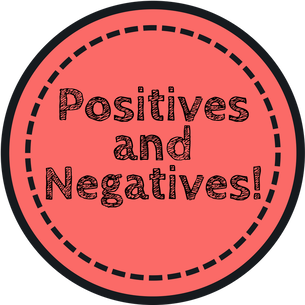 Reward charts are sometimes used to celebrate and sanction children's behaviour. A pupil may receive a reward point for good behaviour or lose one for bad. The problem with this is, if you are a child who finds behaviour more challenging, they may try really hard in the morning to receive that one point, only to lose it in a split second the next lesson. This can be frustrating for children and ultimately may lead them to simply giving up. This disengagement can be prevented if you split the positive rewards from the negative sanctions. Ensure that the rewards cannot be lost. Try having a rewards chart paired with a traffic light system where children are moved from green to orange as a warning for their wrong choices. A system like this promotes great behaviour but still has the same expectations set by the warnings and consequences for their actions. A Balanced Reward System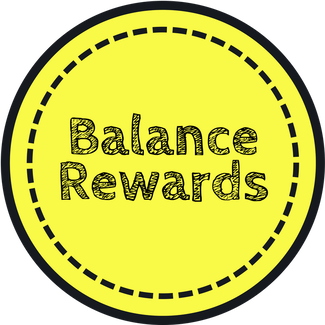 In my experience as an Assistant Head, I have seen behaviour charts themed around the weather, or running a race or even building a burger..(don't ask). But the common error i see, is that the chart has far too many steps or warnings before a consequence is actioned. I once saw one child move from sunny, to cloudy, overcast, grey, heavy cloud and windy all in one lesson without any consequence. A child would only receive some form of sanction when they landed on a thunderstorm! By this time, the child has been disrupting the class or distracting you from teaching for 50% of the lesson. Keep your charts simple, with only a small number of steps before a consequence is put into action. When teaching, give out one verbal warning to any child not doing as you would expect followed by a visual warning by moving them down on the chart. One more verbal warning is acceptable but if after three warnings, the child is still not focused or working well, some form of action needs to be applied. Warnings are only effective if they are followed up by action. Keep it simple!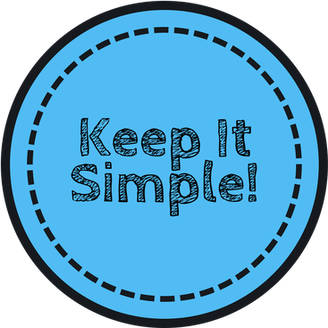 This one is simple, positive rewards should always outweigh the negative actions. If a classroom is full of negativity and actions, it creates a bad environment that is not productive. You will also feel it, finishing each day feeling down. Children look for attention and if they see that the easiest way to gain this is through wrong choices, they will strive to make them. However, if you fill your classroom with positive praise and rewards, your own wellbeing will be positively impacted and The children will feel confident in your class. They will constantly strive to receive your words of positivity. Ensure that even the worst behaved pupils receive rewards and praise for the times they are 'smashing it!'. If they see the easiest way of gaining your attention is by working hard and trying their best, they will do this to gain your attention. Make it a Choice It is very common for children to feel that you as a teacher have punished them for their bad behaviour. This is where the term 'consequence' comes from. It highlights that it is not the teacher who has actioned a sanction, but the child's behaviour which has triggered it. In build up to this, if you are giving a child a warning, make them aware that it is 'their choice' if they receive the consequence or not. Either they change their behaviour or they continue to misbehave and trigger the action. By making it 'their choice' they know it is their decision and they are in control of their own behaviour. You hear it time and time again, a child saying it wasn't their fault or passing the blame on to someone else. By giving them ownership of their behaviour, they begin to learn that they are masters of their own fate. The Positivity Loyalty Card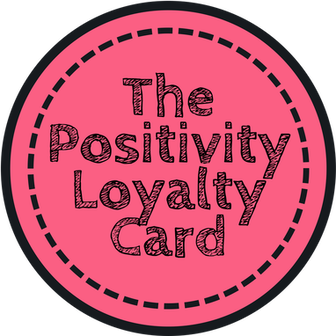 You're going on report...the ultimate consequence for consistent bad behaviour. Report cards track children's behaviour hourly over a week, with regular conversations taking place about their behaviour. The problem with this, is it can almost become a badge of honour and provides children with the attention they may be craving. Flip this on its head and introduce the positivity loyalty card! This 'Starbucks' style stamp card promotes positive behaviour instead of discussing the negatives. It feels more modern and relevant than the 'old-school' report card. Simply give them a stamp or tick every time they do something worth recognising. Once the card is complete, they may even receive recognition with some form of reward for their efforts. This subtle twist gives children something to strive towards completing and can have a massive impact on their behaviour. Not because of the card, but because of what it stands for and what it promotes...positive praise for positive actions, which is what it is all about!
1 Comment
I work in a school and I would like to thank you for sharing your idea for the red, yellow, and green light rewards system. I used to use the simple reward charts and would experience children who give up if they lose their reward. This is a much better system and I love how there is the yellow option to give students a warning to improve their behavior. This is also great because it only gives students one warning before they are put on red or punishment. It shows the student that the teacher is to be taken seriously while also giving them the chance to improve.
Reply
Leave a Reply. |
SearchWith a keen interest in the neuroscience and psychology of learning, WAGOLL Teaching is about sharing research alongside great, simple teaching ideas to a global teaching community.
Ben has been in education for over 10 years and is passionate about simplifying high quality teaching and learning through innovative and practical approaches in the classroom. sUBSCRIBE |
|
Who are we? |
With a keen interest in the neuroscience and psychology of learning, WAGOLL Teaching is about sharing research alongside great, simple teaching ideas to a global teaching community.
|
All copyright reserved ©.
I would like to remind all visitors to this website that all pages on this site are copyright protected, unless stated. Most importantly, this site is for the use and enjoyment of all children, parents, guardians, carers and teachers who are involved in WAGOLL Teaching. Please use the resources/ideas as you need without replicating them for your own gains.
I would like to remind all visitors to this website that all pages on this site are copyright protected, unless stated. Most importantly, this site is for the use and enjoyment of all children, parents, guardians, carers and teachers who are involved in WAGOLL Teaching. Please use the resources/ideas as you need without replicating them for your own gains.


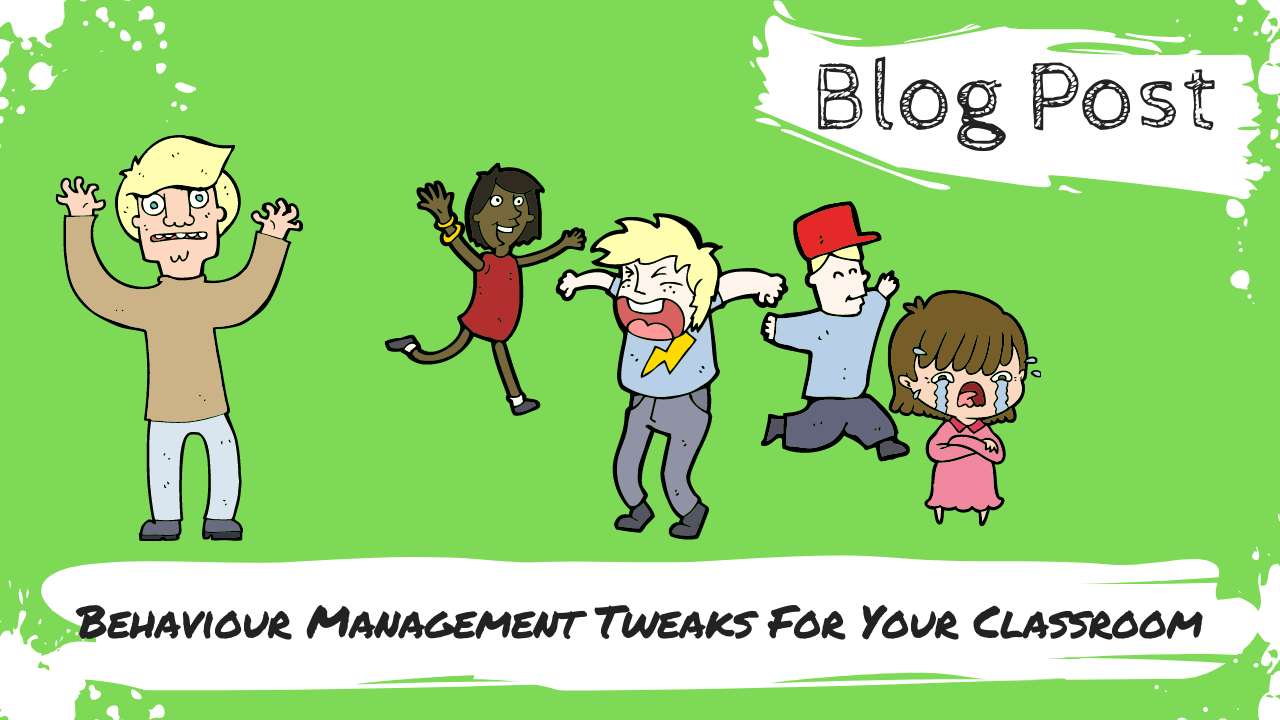
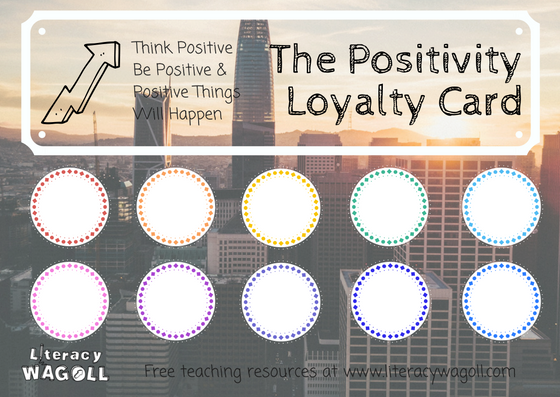





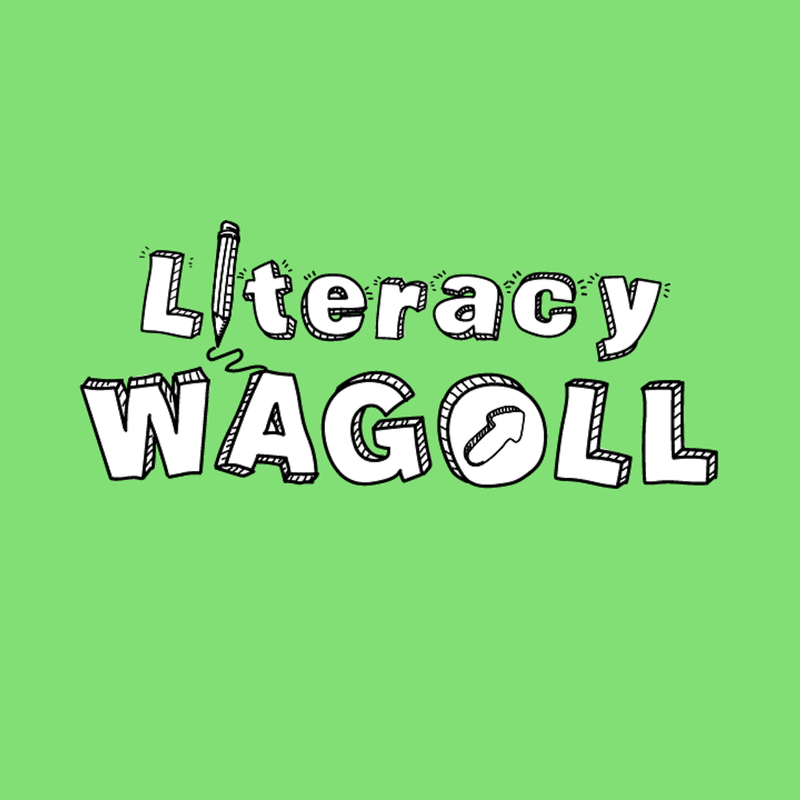
 RSS Feed
RSS Feed


